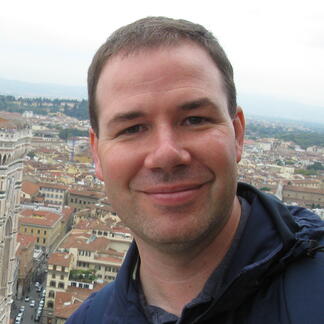Voices

Luke Hansen, a former associate editor of America, is a Catholic writer and speaker.
FaithVatican Dispatch
What were the results of the Amazon synod?
FaithVatican Dispatch
Deacon Andrade de Lima, the son of farmers who grew up on the banks of the Amazon River in the Solimões region, said he is involved in the formation of pastoral workers in the region and assists the bishops in the implementation of their decisions.
FaithDispatches
The most important thing to emerge from the synod was the unequivocal commitment by the church to seek new ways to preach the Gospel and to promote justice and stand in solidarity with the Amazon’s 34 million inhabitants.
FaithVatican Dispatch
The most important thing to emerge from the synod was the unequivocal commitment by the church in the nine countries of the Amazon region to seek new ways to preach the Gospel and to promote justice and stand in solidarity with its 34 million inhabitants.
FaithVatican Dispatch
On the eve of the highly anticipated voting on the final document of the Synod of Bishops for the Pan-Amazonian Region, Bishop Evaristo Pascoal Spengler, O.F.M., of Marajó, Brazil, chose to focus his remarks at the daily Vatican press briefing on Oct. 25 on the synod’s discernment of an “official ministry” for women.
FaithVatican Dispatch
Ms. Casimero described the synod process as a place where Catholics with differences are “coming together” and “able to listen to one another” while also “trying to see and understand from the other person’s point of view.”
FaithVatican Dispatch
The synod is “not a discussion, not a parliament,” but there is “a spiritual dynamic,” said Giacomo Costa, S.J., the synod’s secretary for information, at a Vatican press briefing on Oct. 16. The biblical image, he said, is “the blind man who throws away his cloak to go to God,” and for the synod it means “to leave behind the safety of your arguments.”
FaithVatican Dispatch
As the Synod of Bishops for the Amazon reaches its halfway point, leaders of indigenous communities are speaking with passion about what is at stake for their communities and their hopes for this synod.
FaithVatican Dispatch
Participants expressed support for proposals to ordain women deacons and warned of the deadly consequences of climate change.
FaithDispatches
On day four of the synod, the small language groups have begun to meet, signaling the moment in the synod process when “in a synodal way, everyone gives their contribution.”










